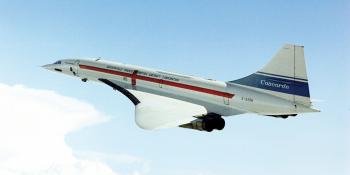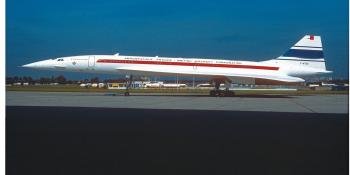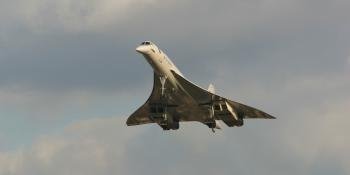With Texan swagger for bigger, better, brighter and bolder, going supersonic was in Braniff International’s DNA. In a special Key Publishing magazine on Concorde, Charles Kennedy delved behind the scenes of an unusual Concorde co-operation.
Braniff International was a big name in US airline transportation from 1930 until its bankruptcy and shutdown in May 1982. Starting out with Lockheed Vegas and Douglas DC-2s and DC-3s, the airline carved out a niche in Texas, Oklahoma and Kansas and, after World War Two, won a South American route award that terminated in Buenos Aires. Mergers with Mid-Continent Airlines of Kansas City and Panagra (Pan American-Grace), a US carrier based in Panama, made Braniff International a US major.
In 1967, the airline caught the attention of the travelling public with a radical image makeover, steered by advertising executive Mary Wells: The End of The Plain Plane. The staid red and blue cheatline was out, replaced by a striking new livery in which every plane was painted a different bold colour (initially seven, later 15 hues) with white wings.
The colour schemes were used for lounges, ticket offices, ground equipment, and even the Jetrail monorail at Dallas Love Field airport. Art was flown in from …





